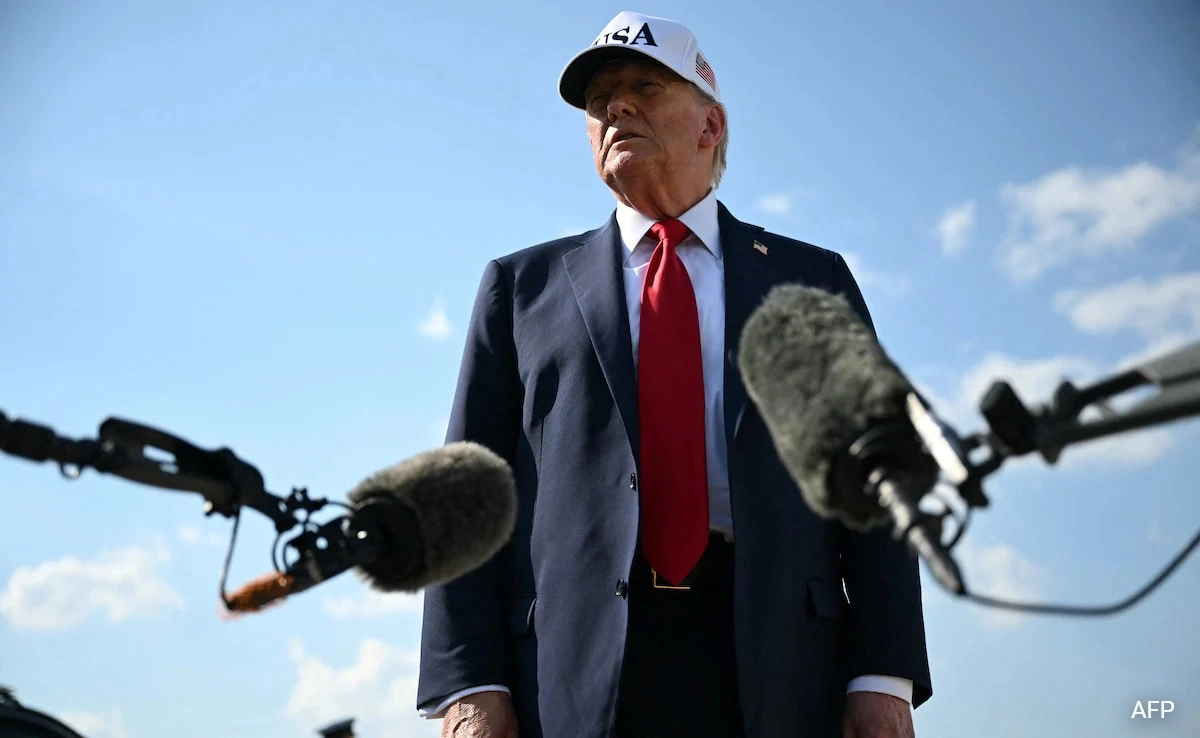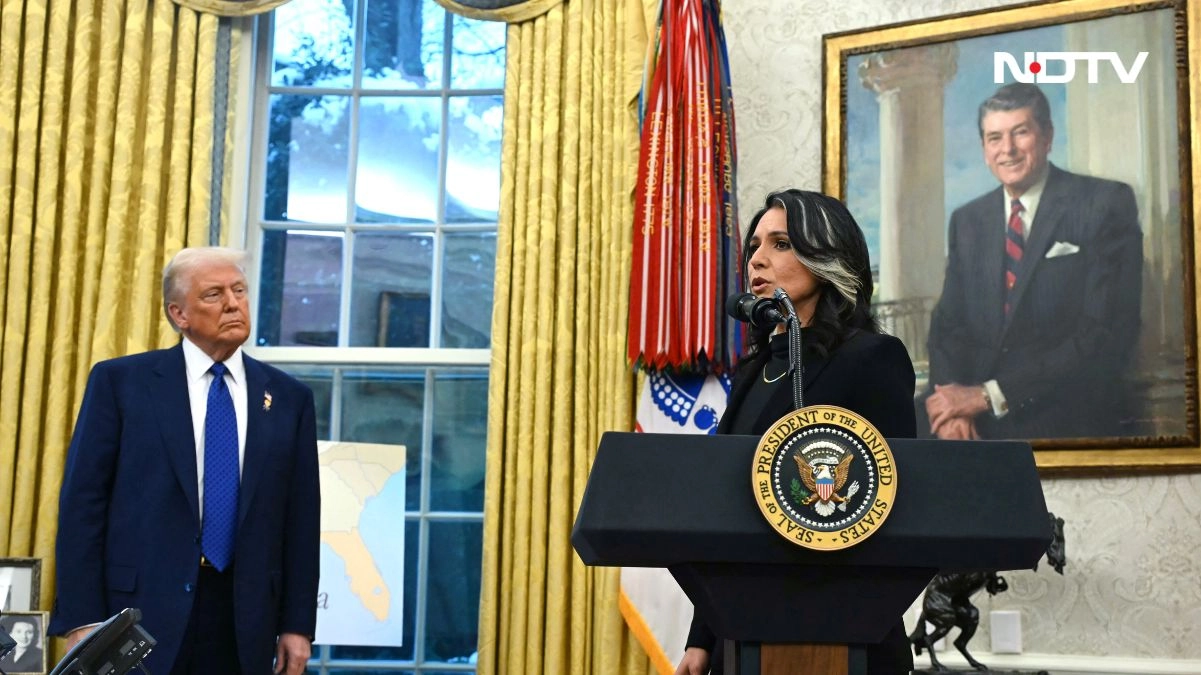In a recent statement, former President Donald Trump expressed his views regarding the lack of significant advancements in U.S. relations with Ukraine following his phone conversation with Russian President Vladimir Putin. Trump indicated that during their discussion, he felt that no meaningful progress was made concerning the ongoing conflict in Ukraine, which has been a pivotal issue in international relations since Russia’s annexation of Crimea in 2014 and the subsequent military actions in Eastern Ukraine.
Trump’s remarks come at a time when the situation in Ukraine remains precarious, with ongoing tensions and military confrontations. His assessment highlights the challenges faced by U.S. foreign policy in addressing the complexities of the relationship between Russia and Ukraine. The former president’s comments may reflect his broader perspective on diplomatic engagements with Russia, which has often been characterized by a mix of confrontation and attempts at dialogue. Trump’s approach to foreign policy has sparked discussions about the effectiveness of traditional diplomatic strategies in resolving protracted conflicts.
Moreover, Trump’s statement underscores the ongoing debate within the United States regarding the best approach to take when dealing with Russia. As various administrations have grappled with sanctions, military aid, and diplomatic negotiations, Trump’s candid acknowledgment of the stagnation in progress raises questions about the effectiveness of current strategies. It also invites scrutiny from both political opponents and supporters, who may interpret his words in different ways depending on their stance on U.S.-Russia relations.
In this context, Trump’s comments serve as a reminder that the complexities of international diplomacy often yield mixed results, and the challenges of reaching a consensus on vital issues like Ukraine remain formidable. As discussions about U.S. foreign policy continue to evolve, the implications of Trump’s remarks may resonate in future dialogues about how best to navigate the intricate web of alliances and conflicts that define the geopolitical landscape.




